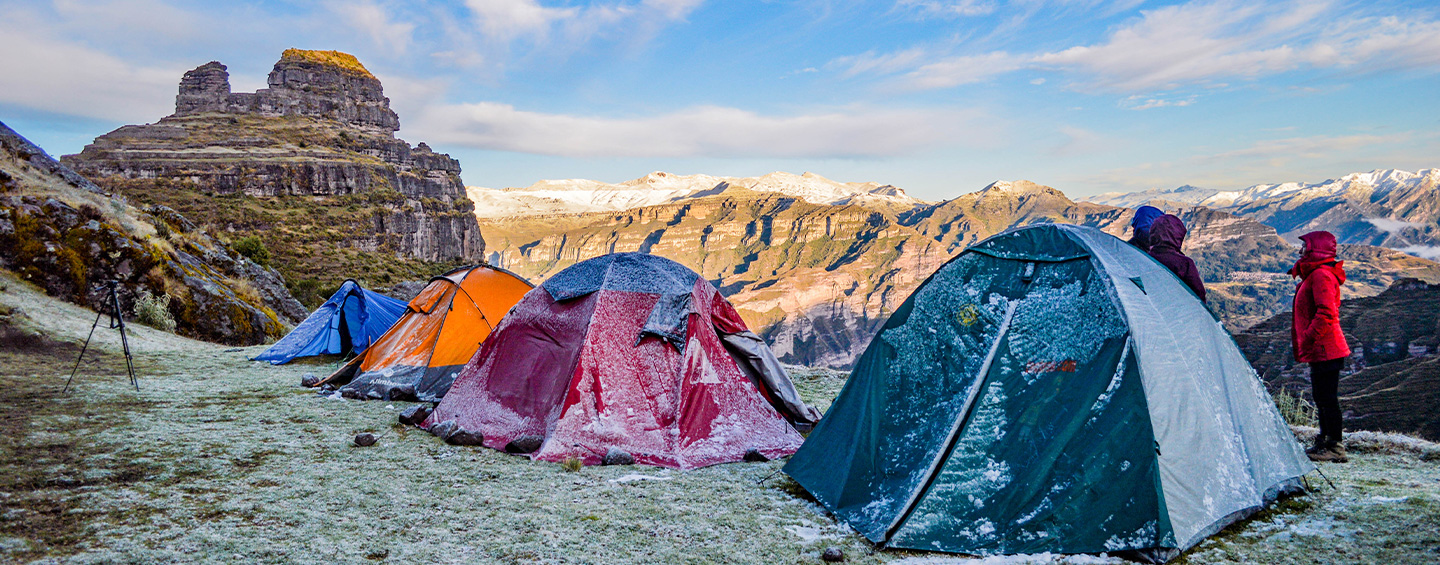WaqraPukara is an amazing archaeological site nestled in the Cusco region of Peru, renowned for its breathtaking natural beauty and ancient Inca ruins. Perched high on a mountaintop at an elevation of approximately 4,221 meters (13,800 feet) above sea level, Waqrapukara offers visitors a captivating blend of historical significance and stunning views of the surrounding Andean landscape.
The name “Waqrapukara” translates to “Horned Fortress” in Quechua, a testament to the distinctive rock formations that resemble horns and define the site’s unique character. This sacred ceremonial center dates back to the Incas time, which thrived in the region from the 14th centuries. The Inca architects ingeniously integrated the natural rock formations into the site’s structures, resulting in a harmonious blend of human-made edifices and the awe-inspiring natural surroundings.
Exploring Waqrapukara allows visitors to marvel at the intricately constructed stone walls, terraces, and ceremonial platforms that exemplify the architectural prowess of the time. The main temple, located at the highest point of the site, showcases the Incas religious and cultural practices, featuring remarkable stonework and providing a glimpse into their belief system and rituals.

Waqrapukara is located in the Cusco region of Peru, specifically in Acomayo Province, 3 hour by car and 2 hours hiking. It is situated on a mountaintop, approximately 4,200 meters (13,800 feet) above sea level. The site is nestled within the Apurímac River Canyon.
Search
